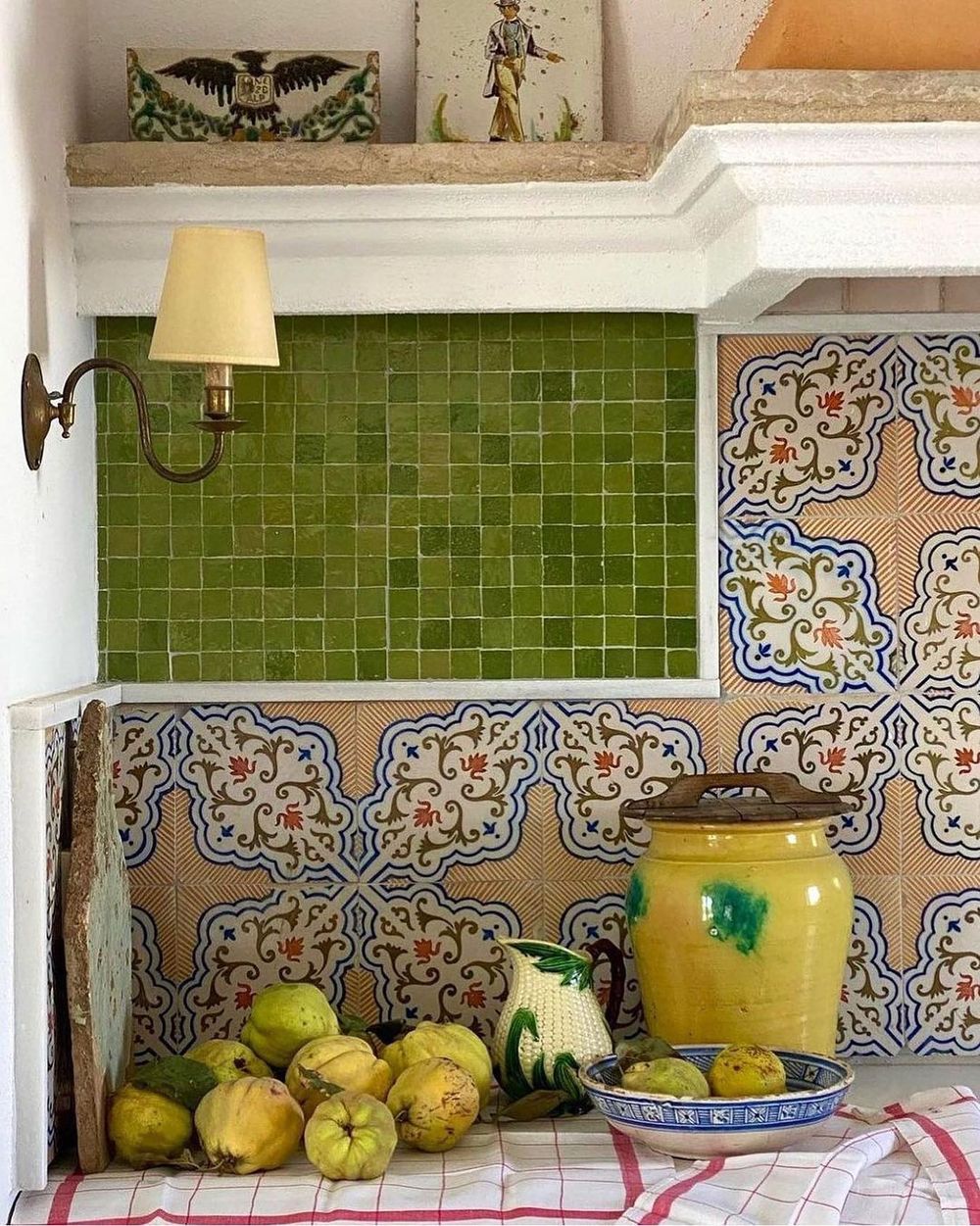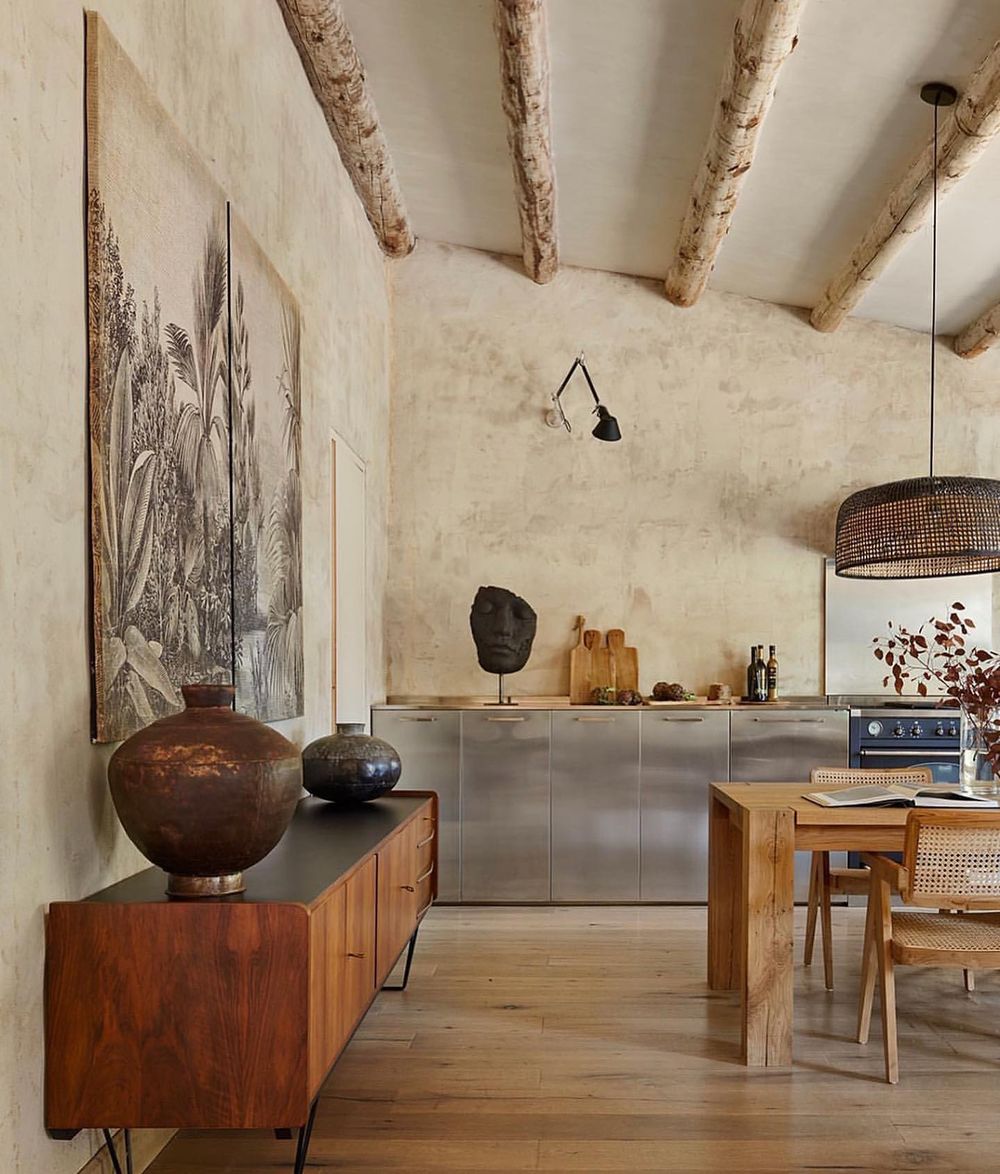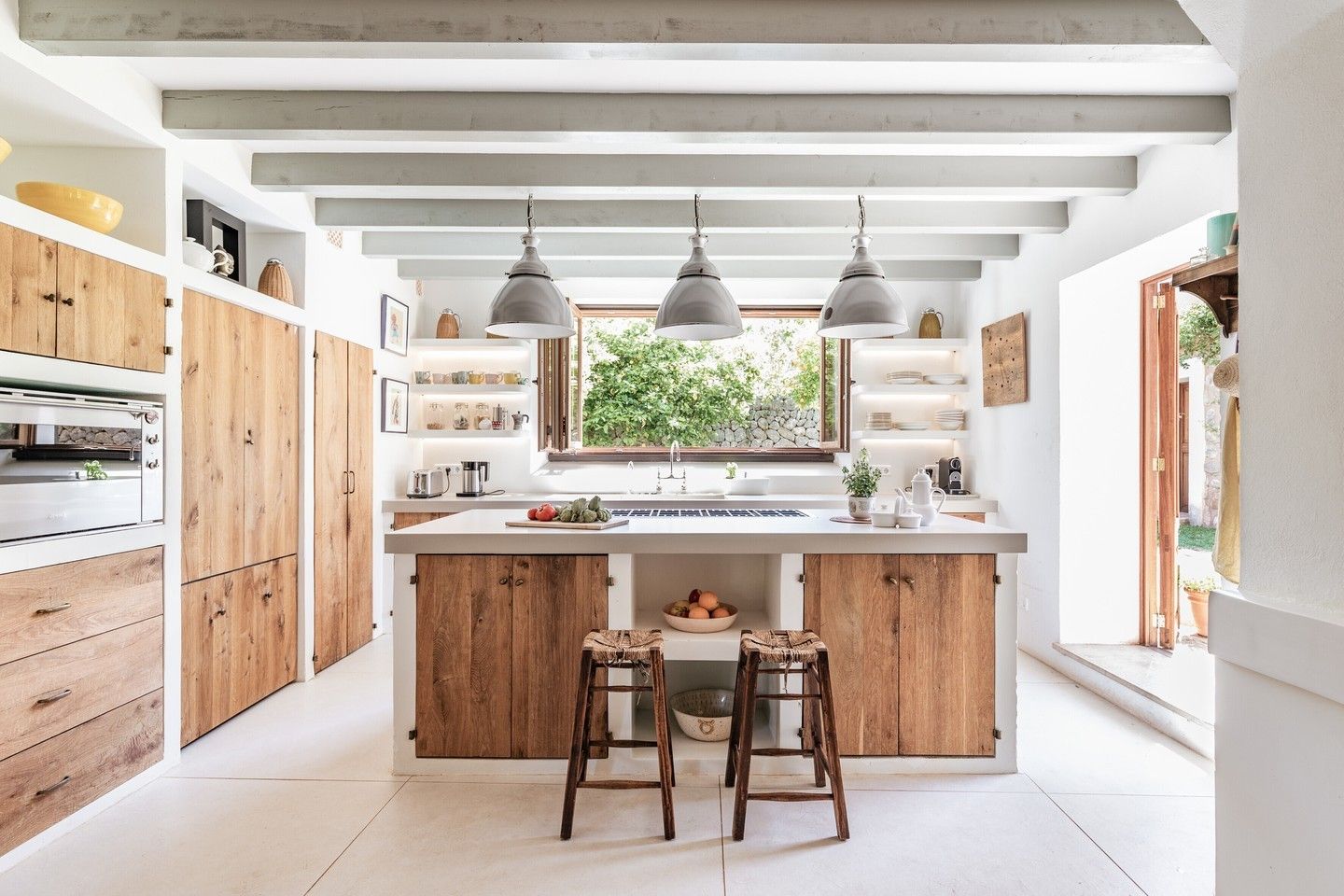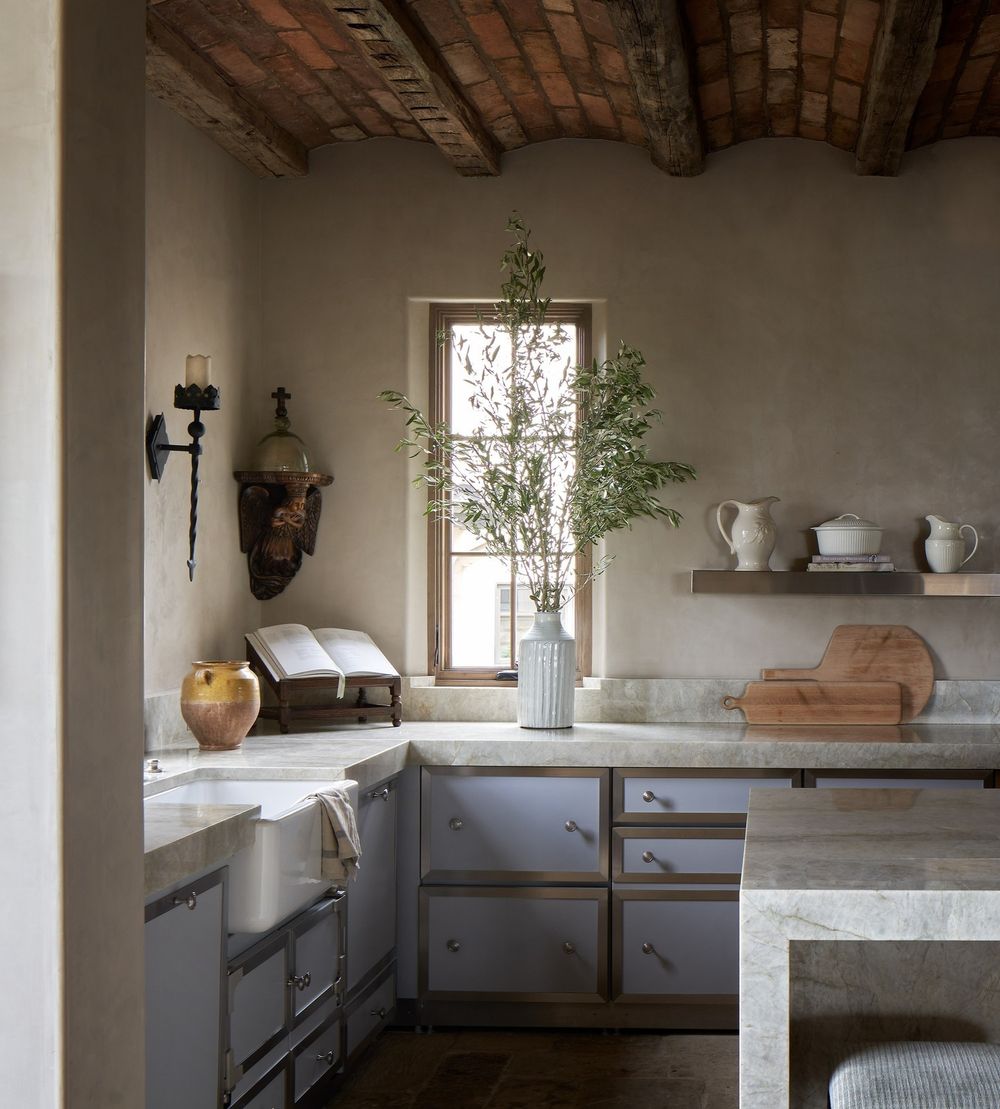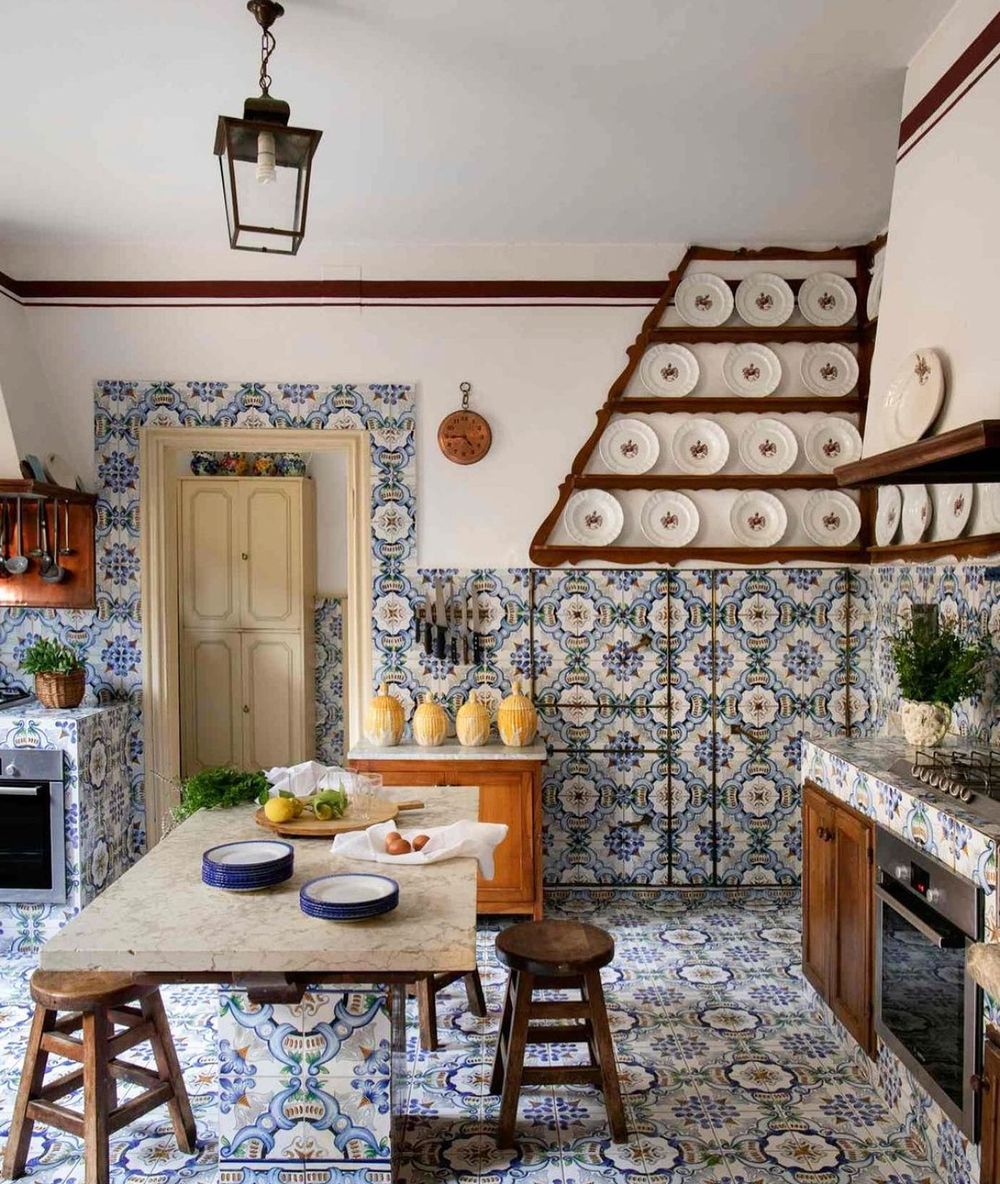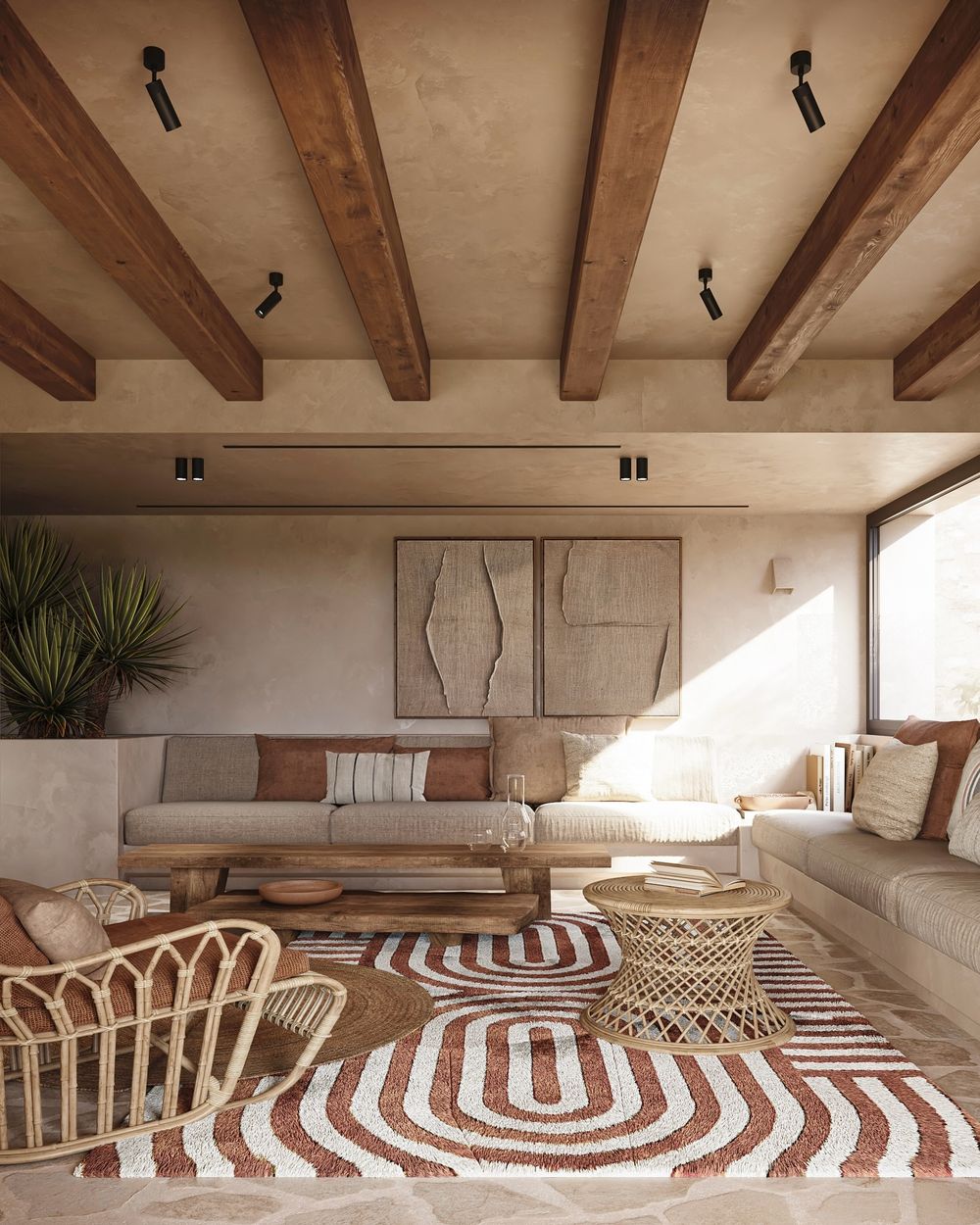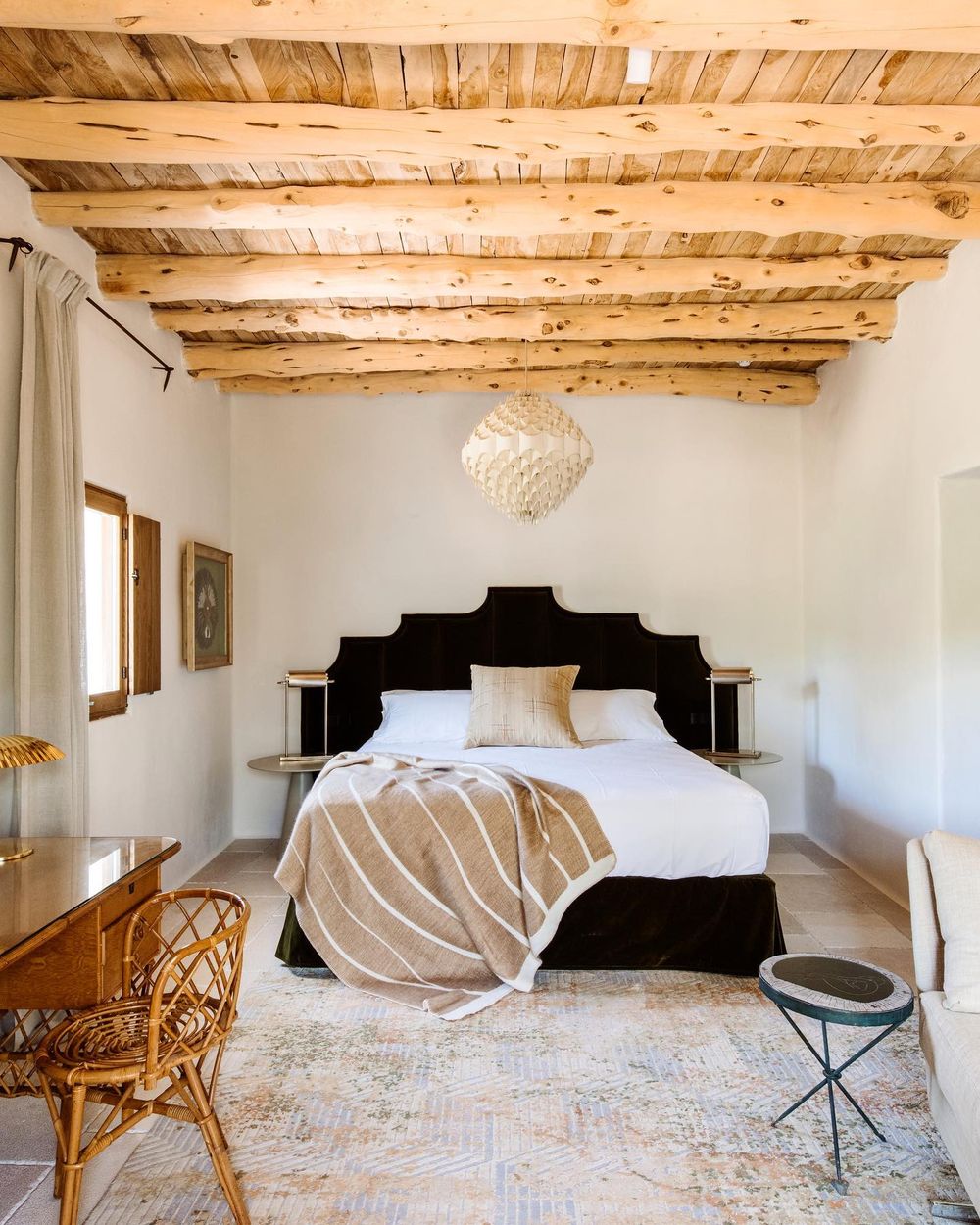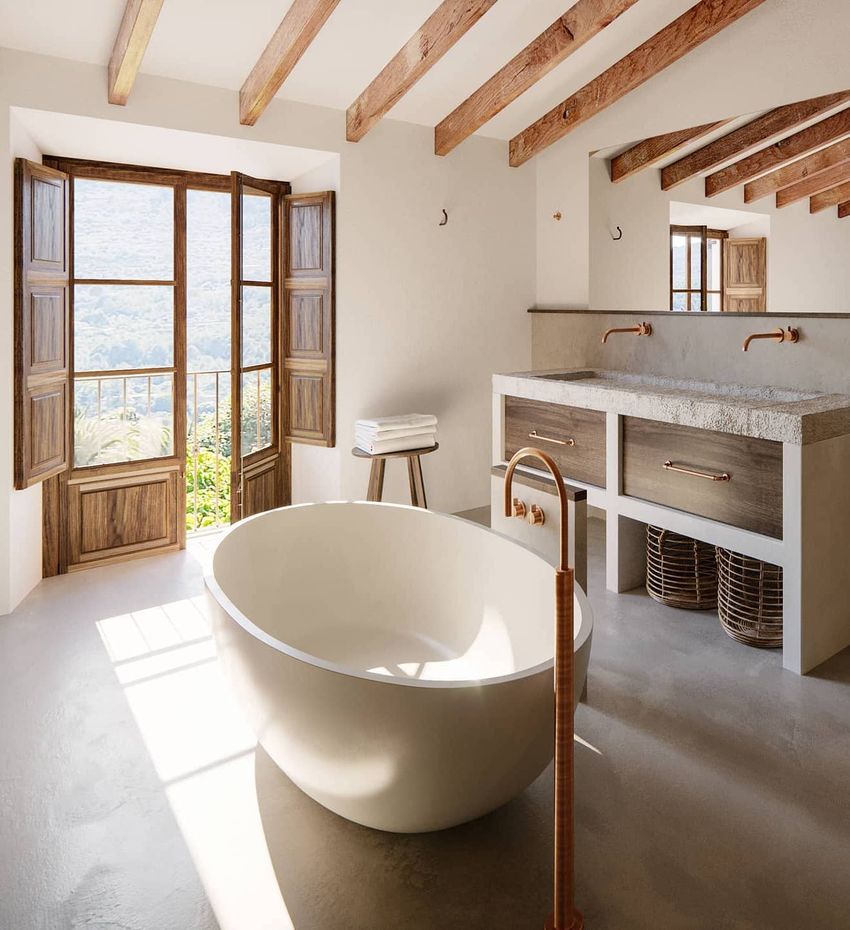Step into the warmth of the Mediterranean with a kitchen that embodies sun-soaked landscapes and rustic charm. Imagine vibrant tiles, rich wood finishes, and open spaces flooded with natural light that invite gatherings and culinary adventures.
Let’s explore how to infuse your cooking space with a Mediterranean flair, creating an atmosphere that reflects the beauty and tranquility of this enchanting region. Whether you’re inspired by the coastal coasts of Italy or the vibrant markets of Morocco, your dream kitchen awaits!
Key Elements of Mediterranean Kitchen Design
Mediterranean kitchen design is characterized by its warm colors, natural materials, and inviting ambiance, which reflect the beauty and charm of the Mediterranean region. Key elements of the Mediterranean interior design style include the use of textured walls and rustic finishes, often incorporating plaster or stucco to create a feel of authenticity.
Rich, earthy tones such as terracotta, olive green, and deep blues are common, evoking the palette of the Mediterranean landscape.
Furthermore, wooden beams often feature prominently in the architecture, contributing to the cozy feel of the space.
Another essential element is the integration of natural light; large windows and open layouts enhance brightness and connectivity with the outdoors.
In terms of functionality, Mediterranean kitchens often include spacious islands and ample counter space, designed for both cooking and entertaining.
Decorative tile work, hand-painted ceramics, and wrought iron accents play a significant role in adding personality and detail to the kitchen, while custom cabinetry with a distressed finish can evoke a sense of history.
Overall, a Mediterranean kitchen blends beauty with practicality, making it a welcoming hub for family and friends.
Mediterranean Design Color Palette: Earthy Tones and Bright Accents
In Mediterranean kitchen design, the harmonious blend of earthy tones with bright accents creates a warm and inviting atmosphere that reflects the natural beauty of the Mediterranean landscape.
Earthy tones, such as terracotta, olive green, sandy beige, and warm taupe, serve as a foundation for the space, grounding the design and bringing a sense of serenity reminiscent of sun-soaked coasts and rustic village homes. These colors not only promote a cozy ambiance but also pair perfectly with natural materials like wood and stone, which are commonly used in Mediterranean interiors.
To enliven the aesthetic, incorporating bright accents—think vibrant blues, sunny yellows, and rich reds—adds a pop of color that echoes the Mediterranean’s lively spirit and enhances the visual interest of the kitchen. These vibrant hues can be introduced through decorative ceramics, colorful backsplashes, or striking kitchen accessories, creating a delightful contrast against the subdued earthy palette.
The result is a balanced and dynamic space that invites creativity and warmth, making the kitchen not just a functional area, but a gathering place filled with character and charm.
Mediterranean Materials: Tile, Stone, and Wood
In Mediterranean kitchen design, the choice of materials plays a crucial role in creating an authentic and inviting atmosphere. Tile, stone, and wood are among the most preferred materials, each contributing its unique charm and character.
Tile, particularly hand-painted or terracotta varieties, offers vibrant colors and intricate patterns that echo the artisanal traditions of Mediterranean regions. It is ideal for backsplashes and flooring, providing both durability and a splash of artistic flair.
Stone, with its natural beauty and robustness, is often used for countertops and flooring, evoking the earthy textures found in Italian and Spanish villas. The warmth of natural stone, such as limestone or marble, complements the overall aesthetic while ensuring longevity.
Wood, particularly warm-toned varieties like oak or reclaimed wood, adds rustic elegance to Mediterranean kitchens. Whether used in cabinetry, beams, or as accent pieces, wood creates a cozy ambiance, inviting people to gather and enjoy the culinary experience.
Together, these materials harmonize to capture the essence of Mediterranean design, making the kitchen not just a functional space, but a cherished heart of the home.
Layout and Functionality: Open Spaces and Gathering Areas
In Mediterranean kitchen design, layout and functionality play a crucial role in creating open spaces and gathering areas that foster a warm, inviting atmosphere. The layout typically emphasizes an open floor plan, seamlessly connecting the kitchen with adjoining dining and living areas. This integration not only enhances the flow of movement but also encourages social interaction, making it ideal for family gatherings and entertaining guests.
Large islands or peninsulas serve as a central focal point in the kitchen, providing additional counter space for meal preparation while also acting as a casual dining area. Furthermore, the strategic placement of seating options, such as bar stools or comfortable chairs around the island, invites cozy conversations and shared moments.
Incorporating natural materials like wood and stone, along with soft, earthy color palettes, enhances the Mediterranean aesthetic while contributing to an overall warm and welcoming environment.
Finally, ample windows and sliding glass doors are often utilized to bring in natural light and blur the boundaries between indoor and outdoor spaces, making the kitchen not just a functional area, but a true gathering place that embodies the laid-back yet vibrant spirit of Mediterranean living.
Incorporating Traditional Mediterranean Features
Incorporating traditional Mediterranean features into kitchen design creates a warm, inviting space that pays homage to the rich cultural heritage of the Mediterranean region. The hallmark of a Mediterranean kitchen is its emphasis on natural materials combined with a blend of rustic charm and elegant sophistication.
Start with a color palette inspired by the surrounding landscape; think soft earth tones, sea blues, and vibrant splashes of terracotta. Open shelving can be utilized to display handmade pottery and traditional dishware, emphasizing both functionality and aesthetics.
Textured surfaces, such as tumbled travertine or hand-painted tiles, add character and depth to the space. Wooden beams on the ceiling and reclaimed wood cabinetry can evoke a rustic charm while giving the kitchen an air of authenticity.
Additionally, incorporating wrought iron elements, whether through light fixtures or cabinet handles, introduces classic Mediterranean elegance. To bring the outdoors in, consider large windows or French doors that open to a vine-covered terrace, allowing natural light to flood the kitchen.
Finally, integrating a large farmhouse sink and a sturdy wooden dining table creates a central gathering place for family and friends, embodying the Mediterranean spirit of communal dining and the appreciation of shared meals.
Mediterranean Kitchen Lighting: Natural Light and Decorative Fixtures
In Mediterranean kitchen design, lighting plays a crucial role in enhancing the warmth and inviting atmosphere characteristic of this style. Natural light is celebrated for its ability to brighten spaces and create a sense of openness, making large windows or sliding glass doors ideal features in a Mediterranean kitchen.
These elements not only flood the room with sunlight but also connect the indoor space with the beautiful outdoor scenery often found in Mediterranean settings. Complementing natural light, and decorative fixtures are essential for achieving the right ambiance.
Consider fixtures with wrought iron details or rustic finishes that reflect the earthy tones of Mediterranean architecture. Hanging pendant lights above kitchen islands or dining areas can add a dramatic focal point while providing practical illumination.
Additionally, wall sconces can create a cozy glow during evening gatherings, enhancing the intimate feel of the space. Combining these natural and artificial lighting sources allows for a dynamic and versatile kitchen environment, perfect for culinary creativity and social engagement.
Key Decor and Furnishings for an Authentic Look
To achieve an authentic Mediterranean kitchen design, incorporating key decor and furnishings is essential for bringing the region’s warm and inviting atmosphere to life. Start with a color palette that reflects earthy tones, such as terracottas, sun-kissed yellows, and deep blues, reminiscent of the Mediterranean landscape.
Rustic wooden beams and cabinetry can add authenticity, while hand-painted ceramics serve not just as decorative accents but also as functional dishware. To complement these elements, consider using wrought iron fixtures, such as pendant lights and cabinet hardware, which hark back to traditional Mediterranean craftsmanship.
Textiles play a crucial role as well; opt for natural fabrics in neutral colors for table linens and cushions, which enhance comfort and offer a casual yet elegant touch.
Lastly, incorporating plants, like aromatic herbs or olive branches, can infuse the kitchen with color and fragrance, capturing the essence of Mediterranean living.
By selecting these key Mediterranean style decor elements and furnishings, you can create a Mediterranean kitchen that is not only functional but also exudes charm and authenticity.

